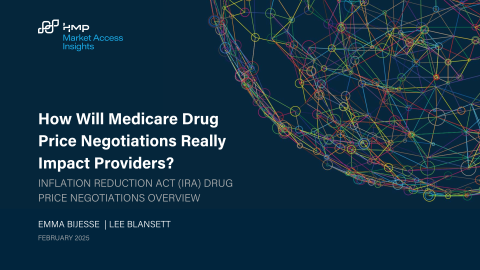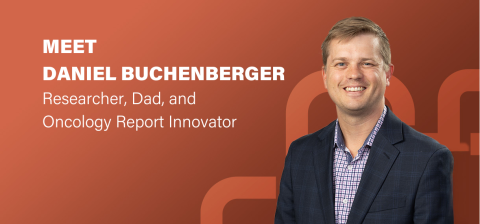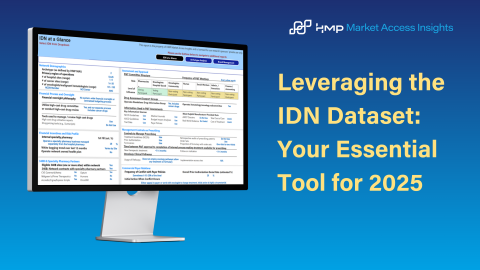

Article
Provider Economics Drive Oncologist Consolidation
March 08, 2024Authors
Topics
Welcome to the March 2024 edition of our Monthly Insight Series. This month we examine the trend of oncologists consolidating into IDNs and network aggregators.

Most oncologists now practice in either an integrated delivery network (IDN) or in a sophisticated medical group within a network of community practices. Declining economics drove this consolidation as larger entities with economic scale and bargaining power against suppliers and payers acquired practices and hired individual oncologists. Consequently, only 1 in 5 oncologists now practice in an independent community setting. The figure below illustrates the types of organizations where medical oncologists now practice.

- IDNs/hospitals employ most medical oncologists: More than 60% of medical oncologists are employed in an IDN or hospital setting, providing them with quality-of-life benefits and a (more or less) stable financial status. As IDNs grow their oncology service lines, they represent an increasing threat to community practices – more than half of practices in our 2023 Community Oncology Survey cited IDNs as their major source of competition for referrals.
- Oncology “network aggregators” are rapidly increasing in size: These aggregators, or large networks of community practices, have grown rapidly over the past 2-3 years and now employ nearly half of the oncologists remaining in community settings. Many aggregators are focusing on expanding their networks, and their numbers are expected to surpass that of independent community practices in the next few years.
- Independent community oncology practices can still be lucrative: Our upcoming landscape report dives into exclusive data on community practices’ revenues and expenses and illustrates independent groups’ economic realities, including the upsides. Practices that understand their competitive landscape and actively make strategic decisions to improve their positioning and revenue streams see the most success. Those that are operated as sophisticated businesses and look to gain economies of scale, including expansion through acquisitions in their market or contiguous markets, will remain competitive.
The Latest
Article
Thought Leadership Whitepaper: How Will Medicare Drug Price Negotiations Really Impact Providers?
As manufacturers prepare for Medicare drug price negotiations, a critical question emerges: How will your provider engagement strategy evolve when Maximum Fair Prices (MFP) take effect in 2026?
Emma BijesseArticle
Meet Dan: Researcher, Dad, and Oncology Report Innovator
At HMP Market Access Insights, we’re lucky to have a team of experts dedicated to uncovering meaningful insights in the oncology space. One of those experts is Dan, whose work is shaping how we approach community oncology research.
Daniel BuchenbergerArticle
Leveraging the IDN Dataset: Your Essential Tool for 2025
As IDNs face increasing complexity in oncology management, having a strategic approach backed by actionable insights is critical. Our dataset doesn’t just offer data—it equips your teams with the tools to anticipate challenges and seize opportunities.
Emma Bijesse





